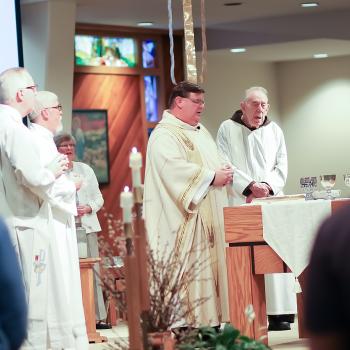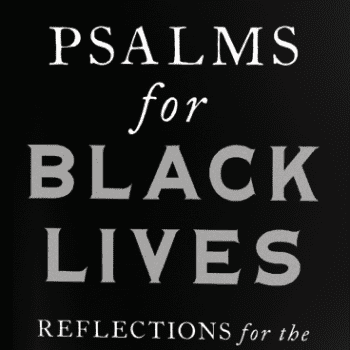Pastor and Dean of Religious Life Jim Burklo continues his conversation on Angels & Demons today with a discussion of the mythology of angels and the contemporary view on miracles. (Read Part I and II of his series.)

Q. The pedigree of Angels has often included for us the notion that they are looking after human kind. Discuss the mythology of angels as it relates to the protector role they play for mankind.
A. Again, angel means messenger. And that is very much the primary role they play in Jewish and Christian mythology. The messages are often ones that come in service of the interests of human beings, for making peace and doing justice. In the ancient era, they were seen as ambassadors, having the authority and the personal essence of the divine One who sent them. They are imaginative embodiments of the creativity and love that is God.
Q. Angels take on different looks, but most notably all represent the same perspective of being God’s instrument to carry out his divine agenda. Discuss what you know of the variations on the mythology from religion to religion regarding Angels. Focus on the main perspectives, Christianity, Judaism, Hinduism and Islam.
A. There are some differences, but a lot of continuity in the role of angels in the three Abrahamic religions of Judaism, Christianity, and Islam. The angel Gabriel, for instance, appears in all three faiths. He appears to Daniel in the Hebrew Bible, to Zecharia and Mary in the New Testament, and is the one who delivers the Koran to the prophet Mohammed. In Hinduism it is said that there are 333,000,000 gods – that’s a really, really big version of the Elohim, or Godhead! Each of the Hindu gods is a face or manifestation of the one Brahman or ultimate God. It’s a different way of getting at the same idea that is expressed in the Abrahamic faiths – that there are many forms in which the divine appears to human beings.
Q. Sunday School teaches us that Angels are a necessary ingredient to help carry out God’s will of a miracle. Discuss how angels and miracles often build symbiotically from one another, and if this is a mature perspective from a theological standpoint.
A. Happily, there are lots of Sunday Schools which have evolved away from this kind of literalistic approach to religion. Progressive Christian churches teach that whatever looks like a myth in the Bible or the Christian tradition probably is a myth – but that doesn’t discount the power of these stories and images. On the contrary, by not taking the stories literally, we are liberated into a deeper appreciation of the depthy truths in these myths and images. Just because something didn’t really happen doesn’t mean it isn’ true! The miracle stories in the Bible are often full of deep wisdom and insight. Same with the stories of appearances of angels.
Q. What is the contemporary view on miracles, is our world accepting of these divine moments?
A. There are plenty of people in the world today, even highly educated and otherwise rational people, who for various reasons find it important to believe the unbelievable. There are plenty of others who throw out the baby Jesus with the bathwater of literalistic readings of sacred texts – they can’t believe in miracles or angels literally, so they give up on religion altogether. But a growing number of people realize that miracles and angels, etc, are imporant mythical metaphors for expressing their spiritual experiences. Religious traditions aren’t factual – they are not about what happened or what happens in history, nearly as much as they are a language for the soul, as much as they are means for poetically and artistically describing the journey toward healing and wholeness and compassion and social justice.
Tomorrow Burklo answers questions on the concept of Armageddon and the battle being waged between angels and demons on Earth.
Jim Burklo is Associate Dean of Religious Life at the University of Southern California and is an ordained United Church of Christ pastor. He is the author of Open Christianity and Birdlike and Barnless: Meditations, Prayers, and Songs for Progressive Christians.
Photo Credit: Christine Valters Paintner, Abbey of the Arts












